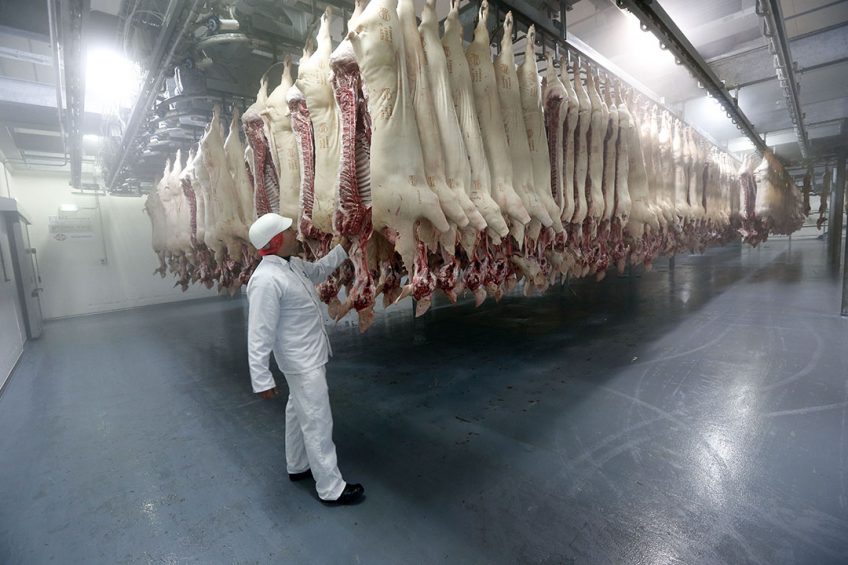Rabobank: More uncertainties ahead for pork worldwide

Global agribusiness bank Rabobank has adjusted its pork production projection for 2020 in major producing countries, due to ongoing disruptions in the supply chain. The bank expects volatile global trading conditions in the short term.
In its quarterly update, the bank wrote that it expects the impact of the Covid-19 pandemic on global pork supply chains to be long-lasting. Challenges in production, processing, trading, and consumption could jointly reshape the industry, the bank wrote.
Further changes ahead in the pork business
In a press release, Chenjun Pan, the bank’s senior analyst animal protein, said: “Labour shortages, operational suspensions, soft demand, and channel shifting will force industry players to increase automation, adopt digitalisation, improve plant working conditions, streamline processing, and integrate along the supply chain to optimise operations and secure margins.”
Short term challenges
In the short term, challenges such as the rising geopolitical tensions, unsettled regional negotiations, and Covid-19 will weigh on the outlook for global pork supply, generating volatile global trading conditions. The bank’s Five-Nation Hog Price Index has dropped in 2020.
Decline of 8%
With regard to the global pork supply for 2020, the bank wrote: “While global pork supply for 2020 was expected to decline by 5%, compared to 2019, at the beginning of this year, Rabobank now anticipates a decline of 8%. The majority of that will come from China (-17%), as well as the Philippines and Vietnam, the bank writes. In the US the bank expects an increase of 1.3% “despite the disruptions”.
Pork imports to China
In China, imports are slowing down, as the new wave of Covid-19 cases in Beijing in June triggered strict inspections of global sourcing and bans on a number of exporters. The bank notes recent price increases for live hog prices from 24 RMB/kg (€ 2.92) in May to 38 RMB/kg (€ 4.63) early July. The major reason behind that, the bank wrote, is low supply of hogs for slaughter due to ASF.

What will be the long-term effect of ASF on China’s pig production?
Pork production in Europe
Rabobank wrote that in the 27 countries of the European Union and the United Kingdom, pork production is expected to decline 0.5% in 2020. Various countries still showed growth, whereas others, like Italy (-21%) and Poland (-10%), suffered strongly from Covid-19, the latter also from ASF.
Pork production in the United States
US prices are under pressure, as limited shackle space and ample inventories continue to weigh on the market, Rabobank wrote. “Early July, US hog prices dropped to multi-year lows (down 41% year-on-year).”
Exports, nevertheless, remain robust, 32% higher than one year ago. That is all due to an increased demand from China.

What happened last week in terms of Covid-19 in North America?
Brazil: pork exports are growing
In Brazil, exports in the first half of the year were 37% higher, in contrast to the soft local demand, which is dragging down production, Rabobank wrote. “With supply levels higher than domestic consumption, we see ongoing pressure to lower production.”











